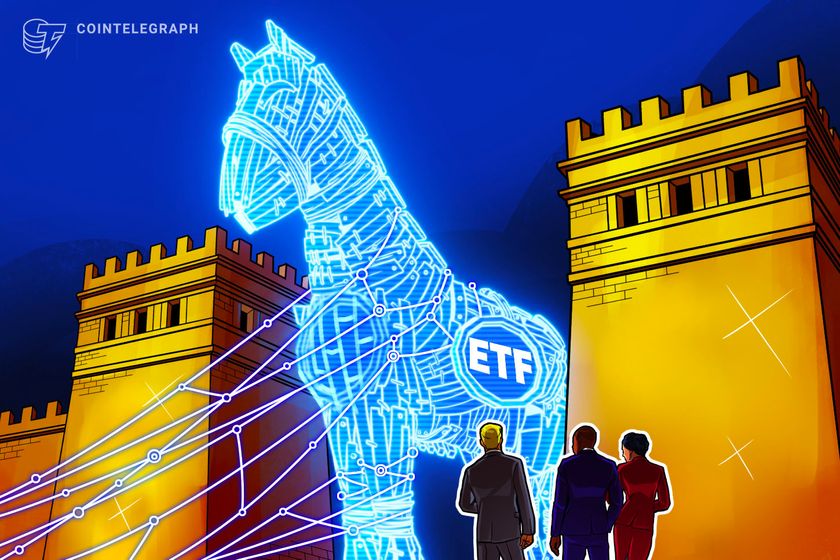Spot Bitcoin ETF will be ‘bloodbath’ for crypto exchanges, analyst says


Spot Bitcoin ETFs could trigger unwanted consequences for crypto exchanges like Coinbase due to lower transaction fees, according to ETF analysts.
While the crypto community eagerly awaits the possible approval of a spot Bitcoin (BTC) exchange-traded fund (ETF) in the United States, some analysts are warning this could potentially trigger unwanted consequences for cryptocurrency exchanges.
Several industry observers have predicted that a spot BTC ETF could start trading in early 2024, in an event that, when paired with Bitcoin’s upcoming block reward halving expected in April, Blockstream CEO Adam Back believes could propel BTC to $100,000.
Bitcoin proponents such as Jan3 CEO Samson Mow have said that approval of a spot Bitcoin ETF in the U.S. could even drive Bitcoin as high as $1 million in the “days to weeks” following.

























